Besides being possessed of arrestingly modern looks (it is truly startling how easily this photoshoot could have been done in the cheap-and-chic, Ikea-styled apartment of some sweet young hipster last weekend), Kim Farber is also unique in the pantheon of vintage playmates because she worked nights as a “Theater Bunny” at the Chicago Playboy Theater before being selected as Playboy’s Miss February 1967. To my mind, that gives her a very special position in the empire’s history.
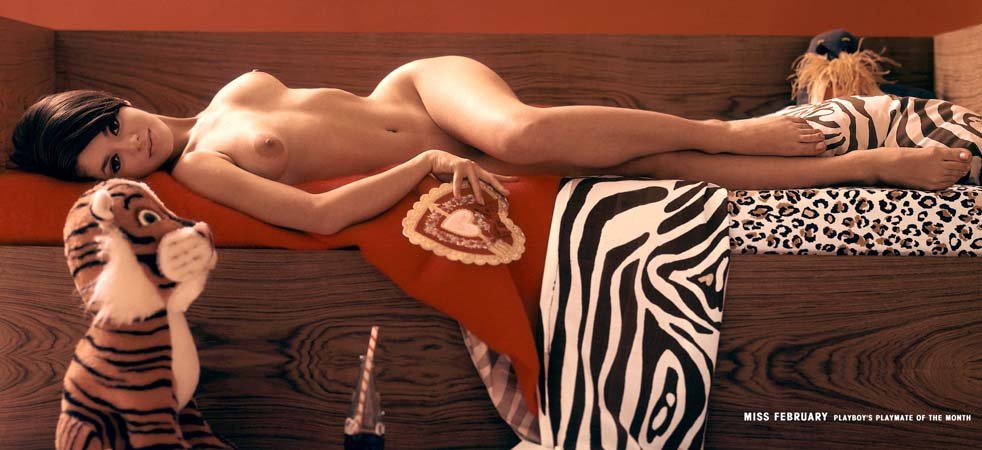
Photographed by Stan Molinowski.
Playboy opened the sadly short-lived Playboy Theaters — notable for screening not exclusively the racier content you might expect, but also rare classics, indie flicks, and films that had been met with censorship in their attempts at playing nice with other distribution channels — in only a scant, lucky few cities.
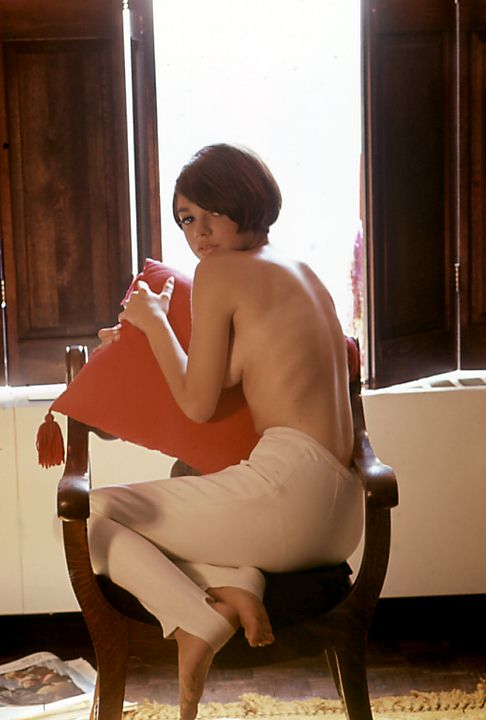

So far I have only chased down for sure the origins and present doings of the sites in Chicago (more on that in a sec) and New York, where the theater was in Manhattan on W. 57th street.

I had a false lead in Corpus Christi, TX, but I went ahead and called and, believe it or not, the town’s own official website has mislabeled the Harbor Playhouse Theater as the Harbor Playboy Theater: the venue is not now and has never been a Playboy Enterprises property. Simple typo which the city of Corpus Christi has yet to notice or rectify, but it gave the guy I asked about it earlier this afternoon a good laugh.
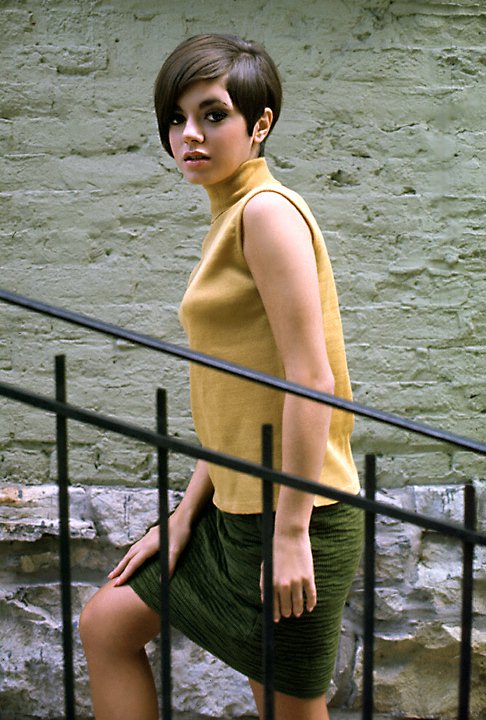
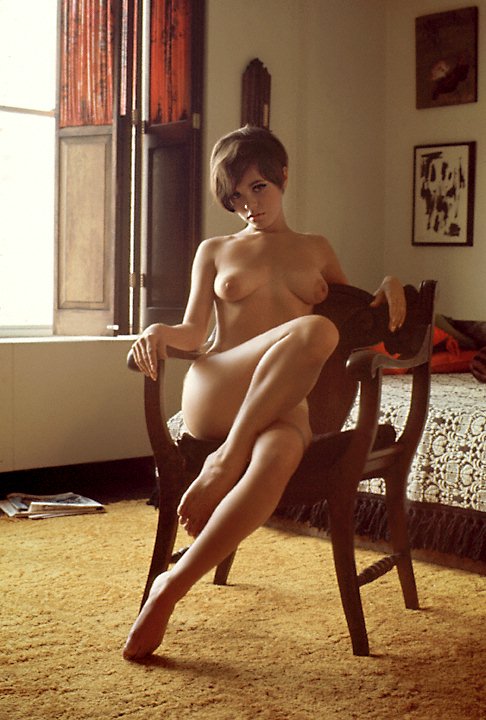
I ironed out the discrepancy (a google search turned up the town’s link to the theater under the name “Playboy” but yellow pages and all other sources called it “Playhouse;” I couldn’t let mysterious sleeping dogs lie!) by straight-up calling the theater and asking them myself. As I said, the guy I spoke to laughed heartily and said no way. I didn’t bother explaining that there were, at one time, Playboy Theaters, as the difference between cinema and stage work sometimes makes people whose life passion is working for actual factual live theaters a little uppity and superior about plays vs. movies, plus, why interrupt the flow of happy karma? I laughed too and thanked him for his time.
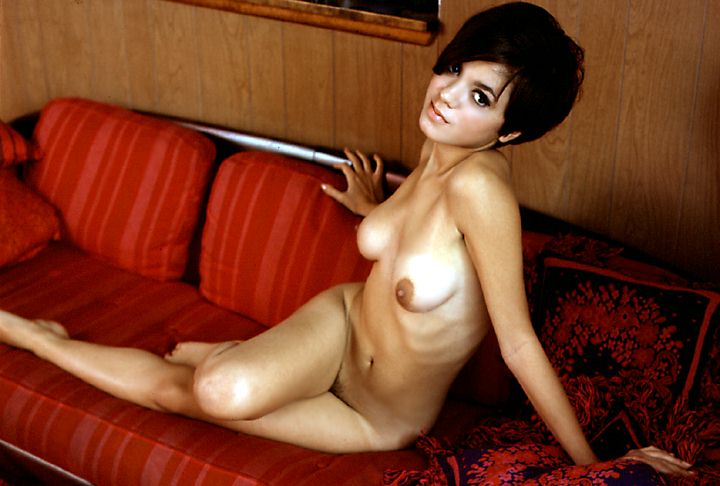
That’s not the only telephone digging I’ve done this week, actually. Several days ago, I also called San Diego Rattan to ask if there was any chance they were ever known as “House of Rattan,” the shop run by the mother of Miss February 1969, Lorrie Menconi (answer: again, no). The very confused woman on the other end of the telephone assured me the store had only been called “San Diego Rattan” throughout its history.

I then asked in as friendly and “sane” a way as possible if she had any idea what had ever happened to the House of Rattan (she did not, as she moved to San Diego from Redondo Beach in 1999 and had never heard of House of Rattan).

I said my Girl Scout leader grew up in Redondo Beach, and her daughter (my dear Sarah-fina) was born in Torrance; plus, a sorority sister from college was from nearby Rancho P.V., so we talked briefly about Redondo, the merits of Rancho Palos Verdes vs. Palos Verdes Heights — or “PVH,” as the cognoscenti call it — and how Girl Scouts used to have so many more badges for water sports. (Not the sex-and-urine, super-kinky kind, but rather the kayak-and-diving, woman-against-the-sea kind). She was mainly very confused and almost concerned, it seemed at the start of the conversation, about my rattan line of questioning, so I felt like I needed to regain emotional lost ground with friendly, “aren’t-I-so-normal,” bantery small talk.
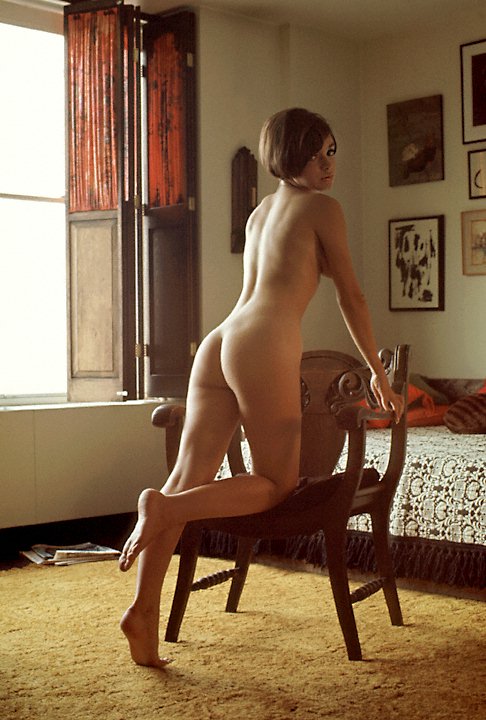
She was not annoyed — she was very friendly and even apologetic for having no answers to my left-field queries — but I am pretty sure she thought I had some extra-special Things Going On upstairs. I did not drop the magazine’s name at any point in the discussion, keeping the conversation on a strictly wicker-outdoor-furniture, geographical-social-casting, and oh-these-Girl-Scout-times-they-are-a-changin’ basis, so maybe rabid rattan fans are a Thing and she was initially afraid she had one of them on the phone. I’ll never know!

It is part of human nature, observed an 18th Century British writer, that great discoveries are made accidentally. (“Ticket to Success.” Playboy, February 1967.)
Though many people have made remarks along similar lines, my guess is that the uncredited author of Ms. Farber’s write-up is probably referring to the Reverend Charles Caleb Colton (1780-1832).

Rev. Colton more specifically said, “It is a mortifying truth, and ought to teach the wisest of us humility, that many of the most valuable discoveries have been the result of chance, rather than of contemplation, and of accident, rather than of design.” (Many Things in Few Words: Addressed to Those Who Think. Colton, Rev. C.C. London: Longman, Rees, Orme, Brown and Green. (p. 39). via that there ol’ google books. take it for a public domain spin!)
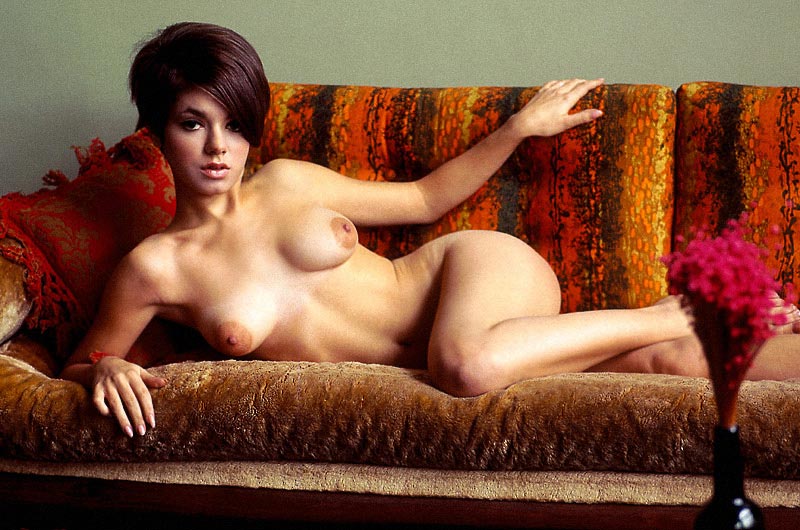
Proof of this maxim is our valentine Playmate, Kim Farber, who was steadfastly taking tickets at Chicago’s Playboy Theater when she was pointed toward a gatefold appearance by a Playboy staffer who had gone to the theater and discovered that its prime attraction was not on the screen. Kim gratefully consented to pose for Playmate test shot. “Of course, I’d always wanted to be a Playmate, but once I got settled in my Theater Bunny routine, I never thought I’d get closer.” (Ibid.)
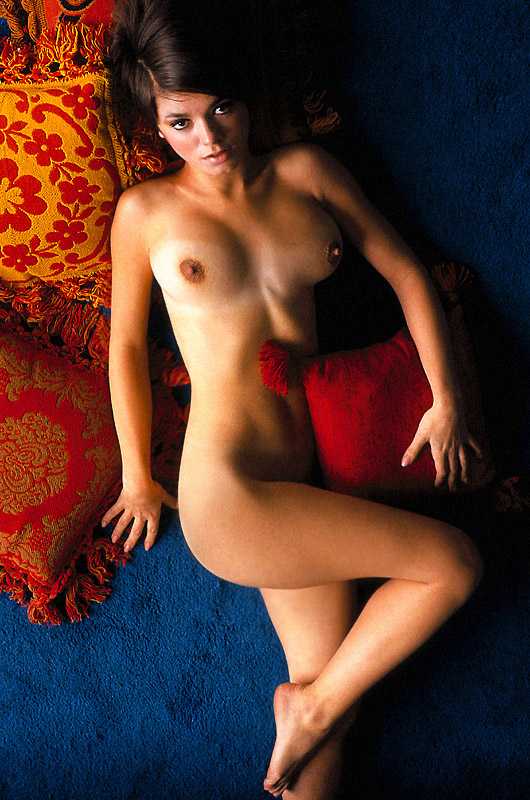
When she finally returns Stateside, Miss February hopes to pick up the thread of an apprenticeship in fashion coordination and design (“If I had my way, I’d drape the whole world in bright orange”), which she interrupted to become a Playboy Theater Bunny. “Before I commit myself to a career,” the dark-haired beauty explains, “I want to get some traveling out of my system.” (Ibid.)
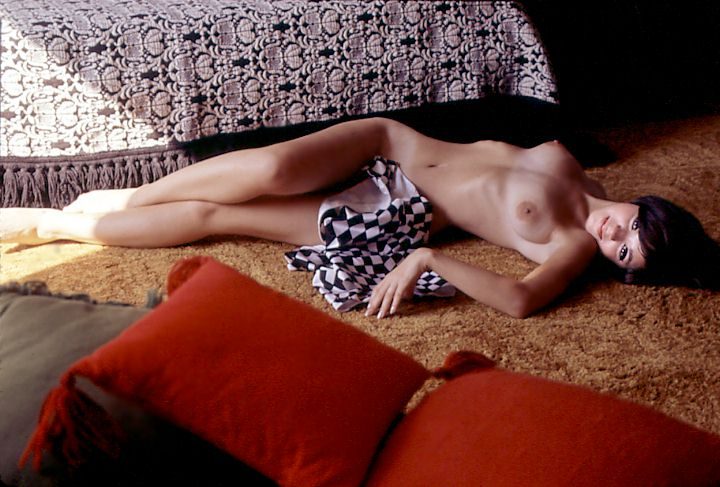
I’ve got sadly no idea where the sweet and doe-eyed young gamine’s travels took her, in the end — Ms. Farber has either changed her name or vanished off the face of the earth, because if you have learned nothing else from my ramblings I hope you at least agree that I’m pretty all right with that there ol’ research — but I can happily tell you both the backstory of its inception and the denouement of what eventually happened to the Chicago Playboy Theatre. It’s an involved but very interesting story. Go potty now and smoke if you got ‘em, cause here we go!
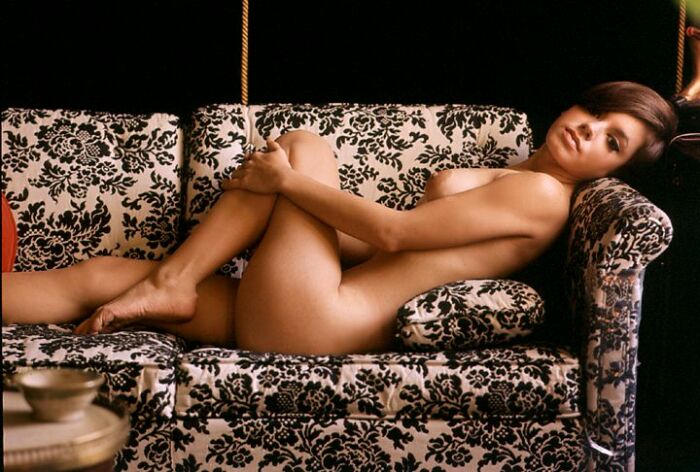
The Playboy Theater in Chicago was located at 1204 N. Dearborn Street. It began its life as the Dearborn Theatre in 1913. It was remodeled two decades later in 1934 by William and Percival Pereira. William, who ascribed the sterile and stark look of his architecture to his interest in science fiction, would go on to design the distinctive pyramid-shaped Transamerica Building in San Francisco, one of the most recognizable — and, next to the Lucy Coit tower, my personal favorite — features of The City’s skyscape.
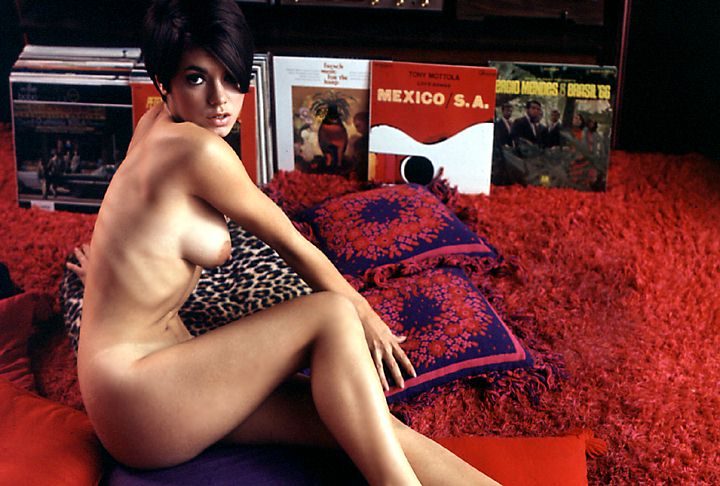
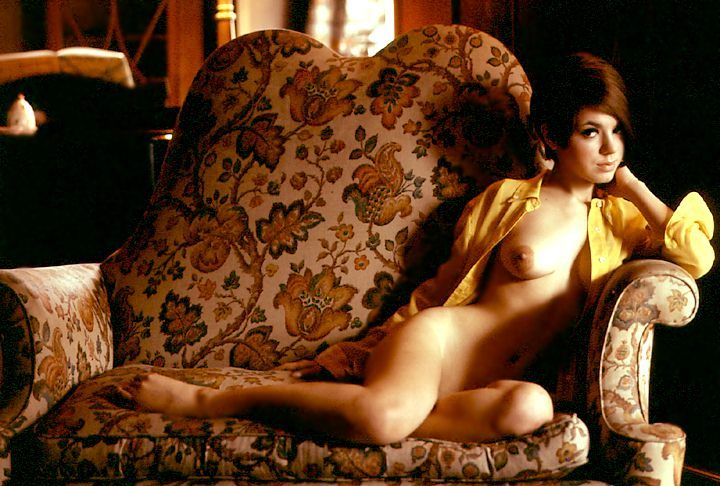
The theater was sold, expanded, and given a much-needed facelift, when it re-opened as the Surf Theater in the 1940s. The new cinema boasted a seating capacity of 650. It remained the Surf Theater until September of 1964.
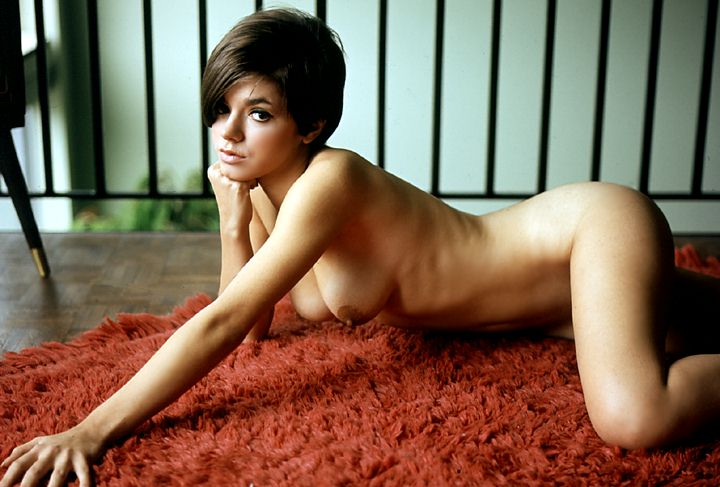
This is my favorite shot of the spread.
The Chicago Playboy Theater opened its doors at the end of September, 1964. Chicago was the home of Hef’s fledgling empire, and, in its heyday, was bustling with bunnies. There were Playboy clubs, hotels, restaurants, and the Theater, all along the famous Loop.
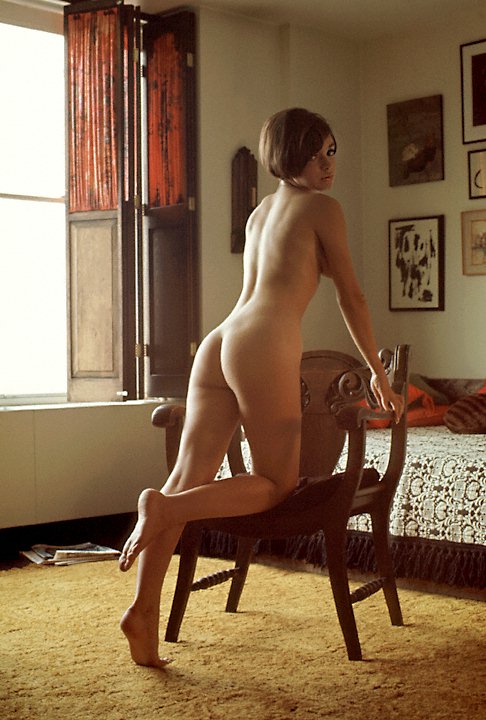
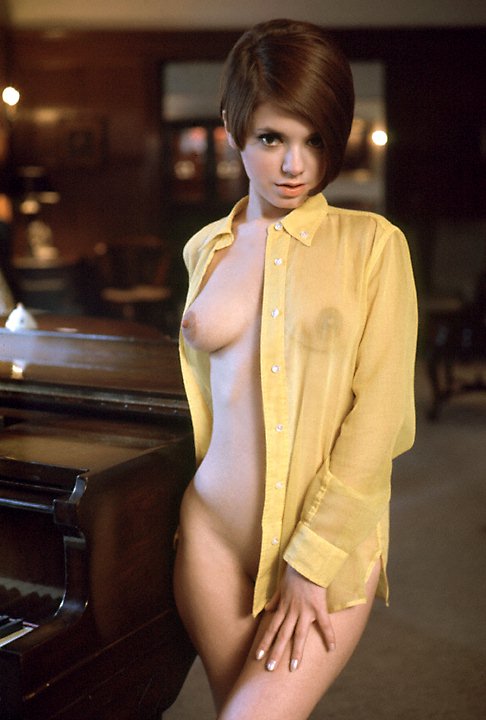
Besides being known for the unusual films it screened, the Playboy Theater was one of the hosting venues in the early years of the Chicago International Film Festival.
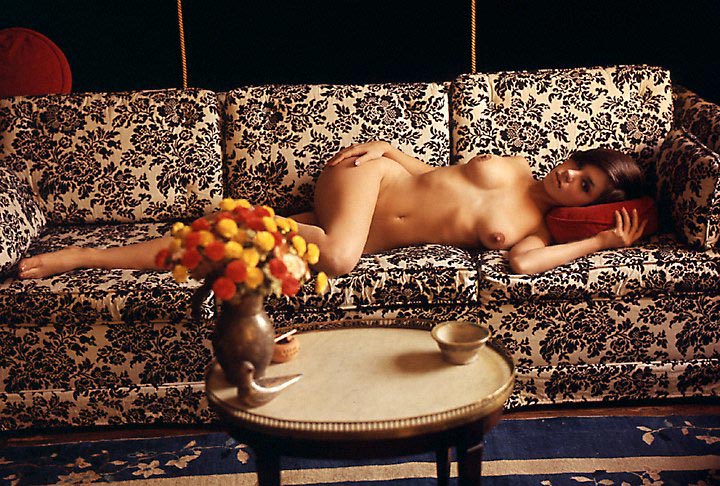
The theater changed hands in 1976, a year after Hugh himself blew irretrievably once and for all out of the Windy City in the wake of the dissolution of his long relationship with Barbi Benton. It was renamed the Chelex, and famed Chicago Sun critic Gene Siskel once wrote a scathing review of a film he saw screened there, concluding that the venue itself was so distracting that it made the film even worse; he said he sat near the back and had to keep his coat, hat, and even his gloves on during the movie because it was so goddamned cold.
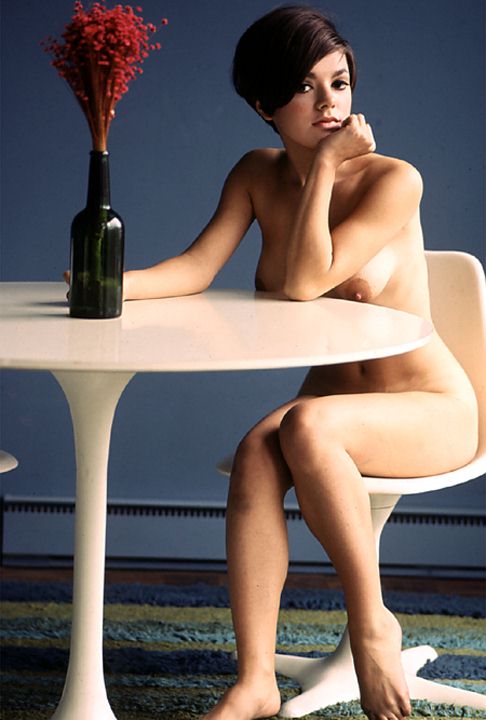
This is another really, really good shot in my book.
The theater then changed hands again in 1979, and was renamed the Sandburg Theater, after Chicago native son and poet Carl Sandburg (“came in like the tide on little cat feet,” you know, that guy?). A well-regarded arthouse cinema-spot, as you might guess from the lofty name, the Sandburg mainly screened repertory and indie films.

My partner Albert Berger and I re-opened the Sandburg Theatre as a repertory house showing double features of classic films on May 22, 1979. Our opening week was a festival of Alfred Hitchcock movies. Although home video was starting to appear back then, most of these films could not be seen at that time except on television. We leased the theatre from famous Chicago real estate mogul Arthur Rubloff, who had developed much of the Magnificent Mile among other properties. (Bill Horberg. March 8, 2008. Internet post retrieved February 25, 2010.)
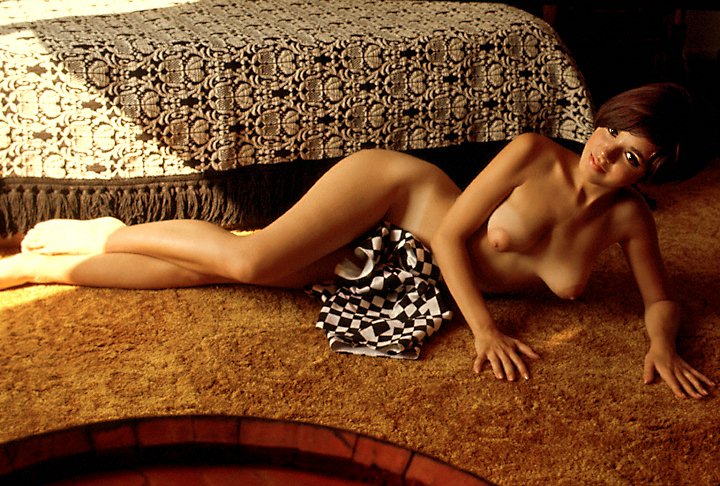
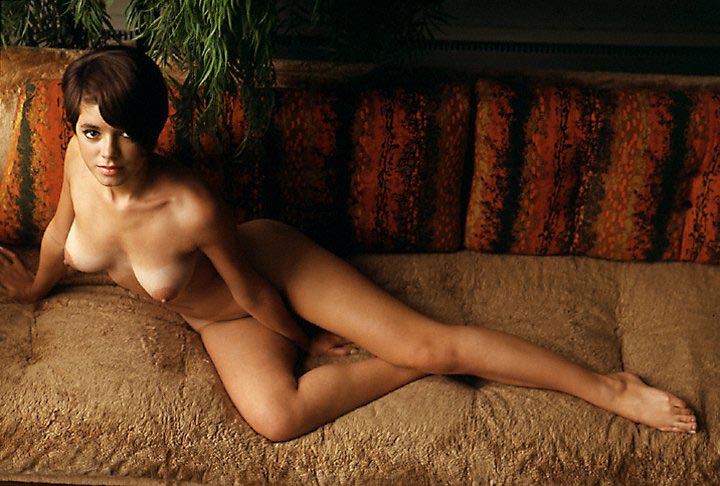
The theatre was shuttered when we took it over and in very poor shape. It still had the bunny logo design carpeting from the days when it operated as The Playboy, and a marquee with disco style lighting. (Ibid.)
When the tenure of the ambitious and admirable Misters Horberg and Berger came to a close in 1982, the theater was sold, condemned, and demolished. A Walgreens (another longtime and homegrown Chicago tradition) now stands on the spot.
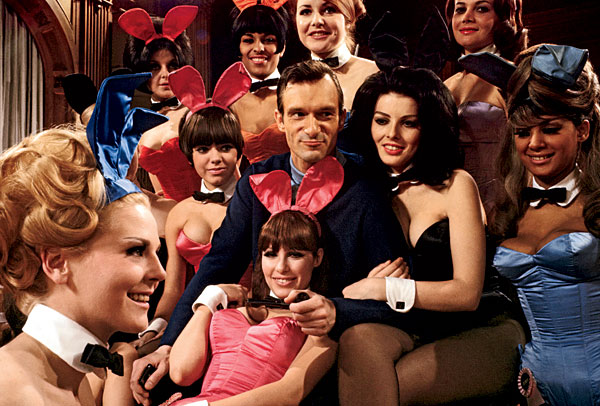
I do believe that is Ms. Farber to Hef’s right, viewer’s left. Yes?
Interestingly, the keynote speaker at the Walgreens opening dedication ceremony was Cary Grant, whose own movies had often been screened in the Old Dearborn and Surf Theatre days of the 1930’s-40’s.
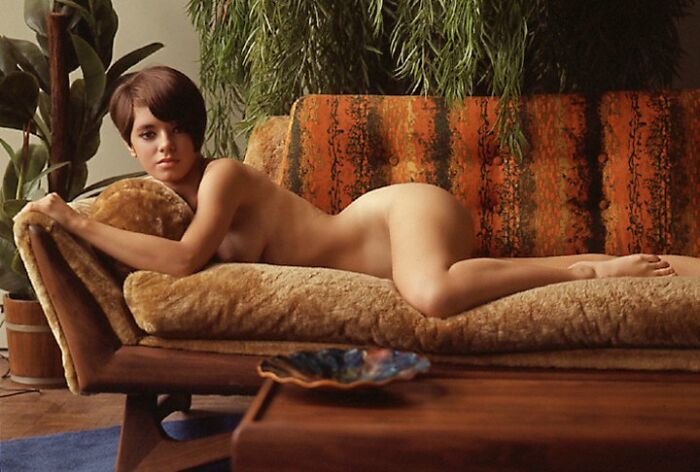
Grant graciously agreed to be present and speak because he was a family friend of Betty Walgreen, heiress to the chain. Like Mr. Grant, Ms. Walgreen has since passed away. She was very active in Chicago-area charities well before the time of highly visible CEOs and public relations folderol, which means she had no obligation to be so involved, and did it out of the goodness of her own heart. R.I.P. to them both.
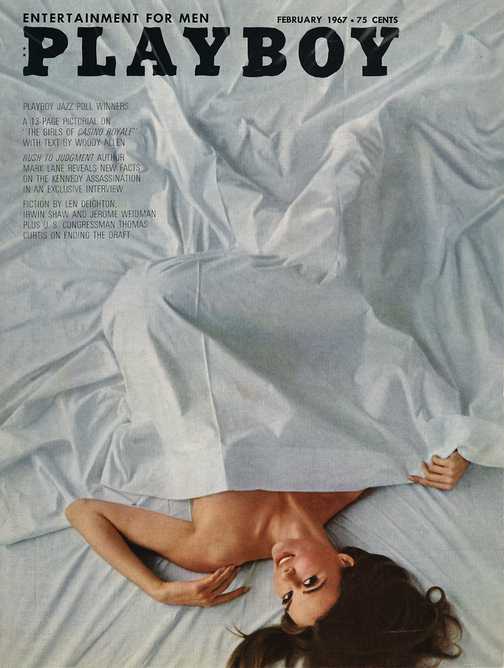
Final fun fact: Before it closed its doors in 1976, the Chicago Playboy theater’s final booking was a double feature of Mel Brooks’ The Producers and Monty Python and the Holy Grail. (“Are you suggesting coconuts migrate?”) Sounds to me like an excellent way to close the place down — if they were licensed for beer, to boot, then I need to get on time traveling, stat. That’s all for tonight, and I sure hope you’ve enjoyed this lengthy foray into the Playboy past.
No comments:
Post a Comment